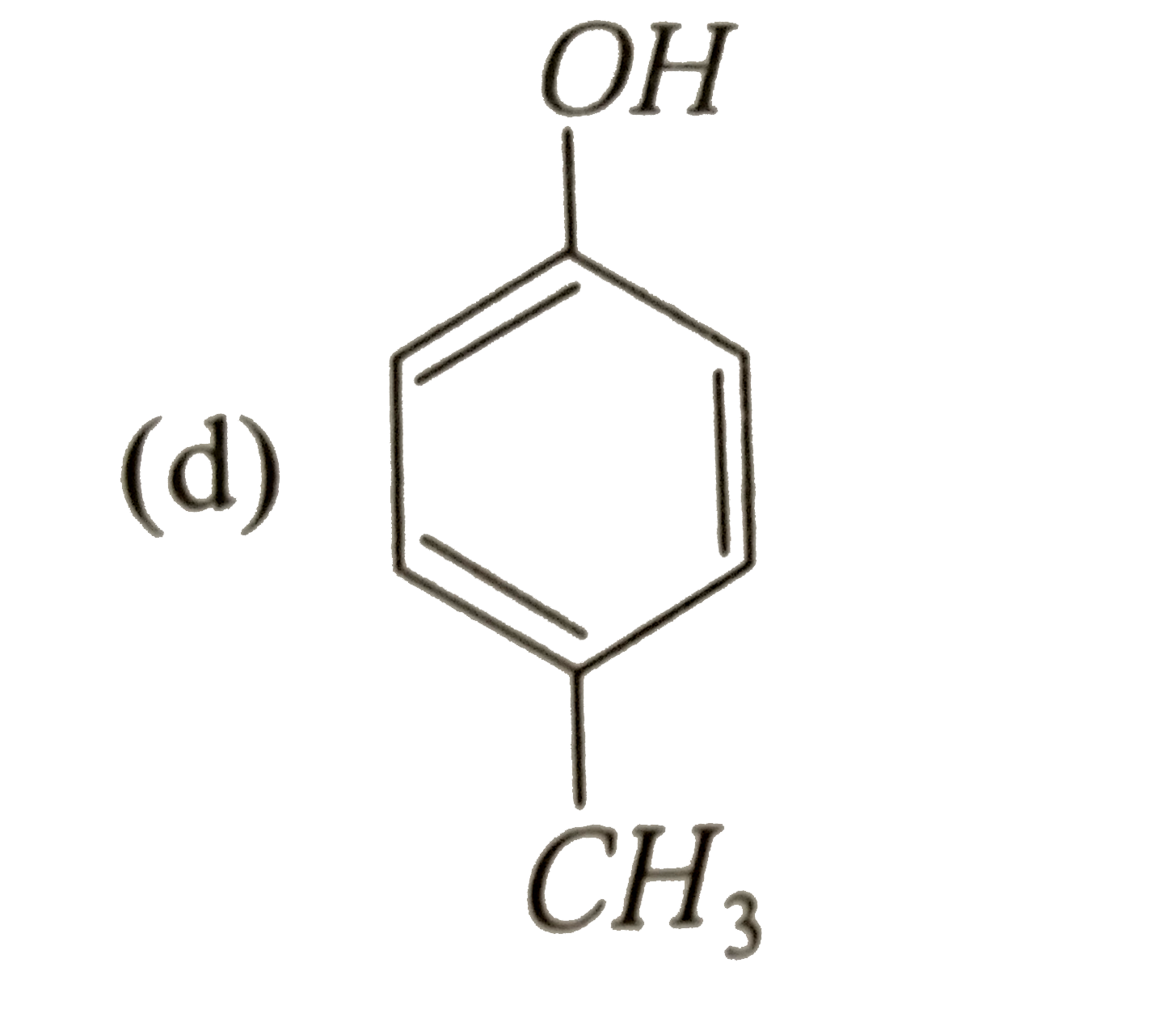Which compound is the most acidic of the following ?
The correct Answer is:B
To determine which compound is the most acidic among the given options, we need to analyze the stability of the conjugate bases formed after the release of a proton (H+). The more stable the conjugate base, the stronger the acid.
1. Identify the Compounds:
Let's assume the compounds given are:
- A: Benzoic acid (C6H5COOH)
- B: Chlorobenzoic acid (C6H4ClCOOH)
- C: Acetic acid (CH3COOH)
- D: p-Dimethylaminobenzoic acid (C6H4(CH3)2NCOOH)
2. Understand Acidity:
Acidity is defined by the ability of an acid to donate a proton (H+). The stability of the conjugate base formed after deprotonation is a key factor in determining acidity. A more stable conjugate base corresponds to a stronger acid.
3. Draw the Conjugate Bases:
- For benzoic acid (A), the conjugate base is benzoate ion (C6H5COO-).
- For chlorobenzoic acid (B), the conjugate base is chlorobenzoate ion (C6H4ClCOO-).
- For acetic acid (C), the conjugate base is acetate ion (CH3COO-).
- For p-dimethylaminobenzoic acid (D), the conjugate base is p-dimethylaminobenzoate ion (C6H4(CH3)2NCOO-).
4. Analyze Stabilization Factors:
- Benzoate Ion: The negative charge is delocalized over the aromatic ring, providing some stability.
- Chlorobenzoate Ion: The presence of the chlorine atom (an electron-withdrawing group) enhances the stability of the conjugate base through the -I effect, which disperses the negative charge.
- Acetate Ion: The negative charge is also delocalized, but there are no strong electron-withdrawing groups to stabilize it further.
- p-Dimethylaminobenzoate Ion: The dimethylamino group is an electron-donating group (+I effect), which destabilizes the conjugate base by increasing electron density on the negatively charged oxygen.
5. Compare Acidity:
- The chlorobenzoate ion (from B) is the most stabilized due to the strong -I effect from chlorine, making chlorobenzoic acid the strongest acid among the options.
- Benzoic acid (A) is less acidic than chlorobenzoic acid due to the lack of a strong electron-withdrawing group.
- Acetic acid (C) is less acidic than both benzoic and chlorobenzoic acids.
- p-Dimethylaminobenzoic acid (D) is the least acidic due to the destabilizing effect of the electron-donating dimethylamino group.
6. Conclusion:
Based on the analysis, the most acidic compound is B: Chlorobenzoic acid.
Let's assume the compounds given are:
- A: Benzoic acid (C6H5COOH)
- B: Chlorobenzoic acid (C6H4ClCOOH)
- C: Acetic acid (CH3COOH)
- D: p-Dimethylaminobenzoic acid (C6H4(CH3)2NCOOH)
Acidity is defined by the ability of an acid to donate a proton (H+). The stability of the conjugate base formed after deprotonation is a key factor in determining acidity. A more stable conjugate base corresponds to a stronger acid.
- For benzoic acid (A), the conjugate base is benzoate ion (C6H5COO-).
- For chlorobenzoic acid (B), the conjugate base is chlorobenzoate ion (C6H4ClCOO-).
- For acetic acid (C), the conjugate base is acetate ion (CH3COO-).
- For p-dimethylaminobenzoic acid (D), the conjugate base is p-dimethylaminobenzoate ion (C6H4(CH3)2NCOO-).
- Benzoate Ion: The negative charge is delocalized over the aromatic ring, providing some stability.
- Chlorobenzoate Ion: The presence of the chlorine atom (an electron-withdrawing group) enhances the stability of the conjugate base through the -I effect, which disperses the negative charge.
- Acetate Ion: The negative charge is also delocalized, but there are no strong electron-withdrawing groups to stabilize it further.
- p-Dimethylaminobenzoate Ion: The dimethylamino group is an electron-donating group (+I effect), which destabilizes the conjugate base by increasing electron density on the negatively charged oxygen.
- The chlorobenzoate ion (from B) is the most stabilized due to the strong -I effect from chlorine, making chlorobenzoic acid the strongest acid among the options.
- Benzoic acid (A) is less acidic than chlorobenzoic acid due to the lack of a strong electron-withdrawing group.
- Acetic acid (C) is less acidic than both benzoic and chlorobenzoic acids.
- p-Dimethylaminobenzoic acid (D) is the least acidic due to the destabilizing effect of the electron-donating dimethylamino group.
Based on the analysis, the most acidic compound is B: Chlorobenzoic acid.
Topper's Solved these Questions
Similar Questions
Knowledge Check
The most acidic of the following compounds is
AP2O3BSb2O3CB2O3DAs2O3The compound with most acidic hydrogen of the following is:
A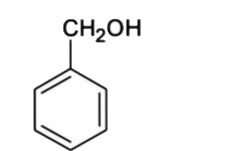 B
B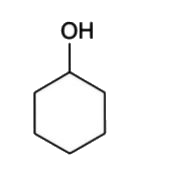 C
C D
D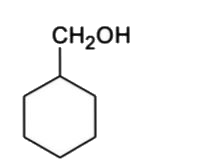
Which one is the most acidic compound?
A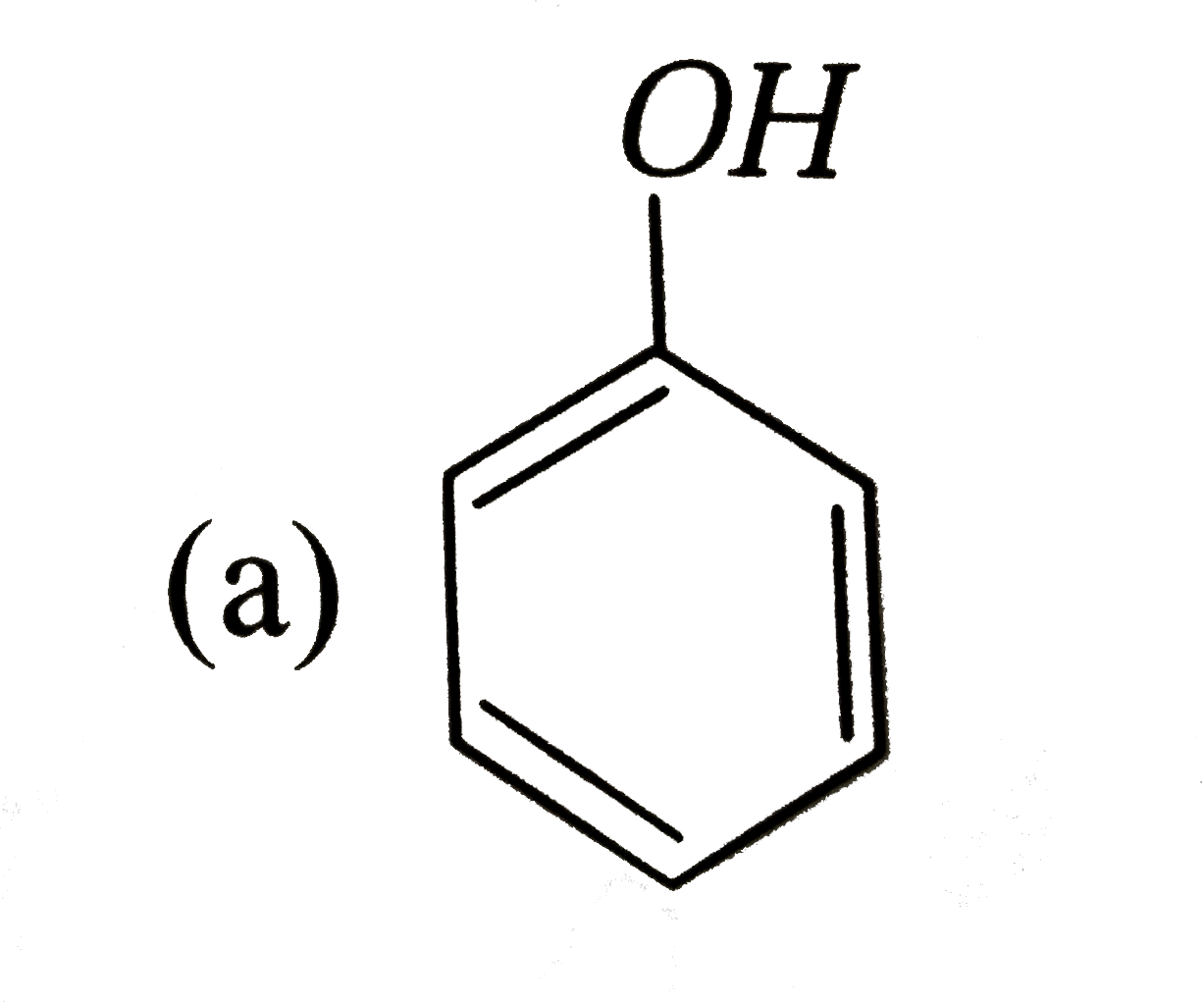 B
B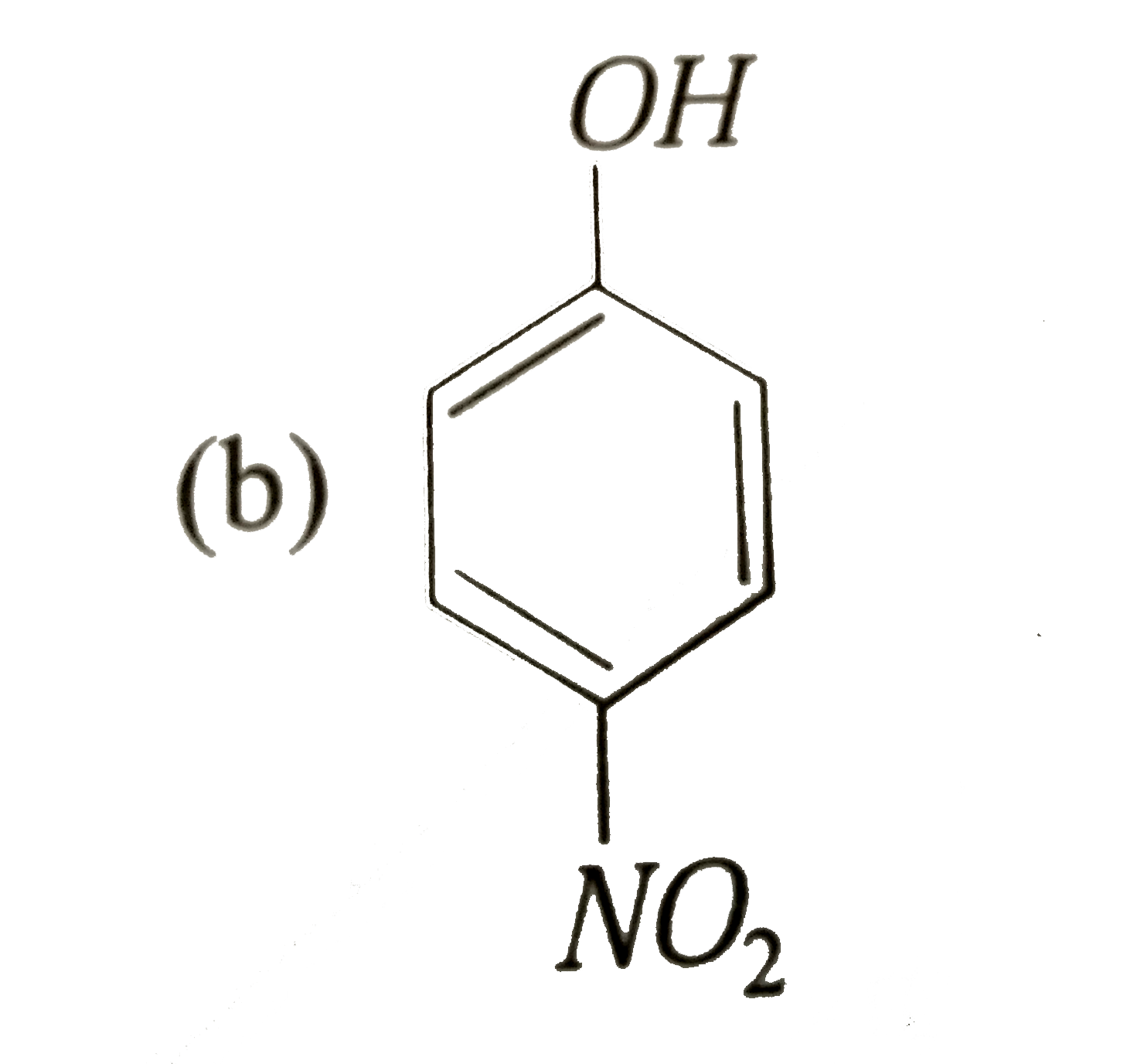 C
C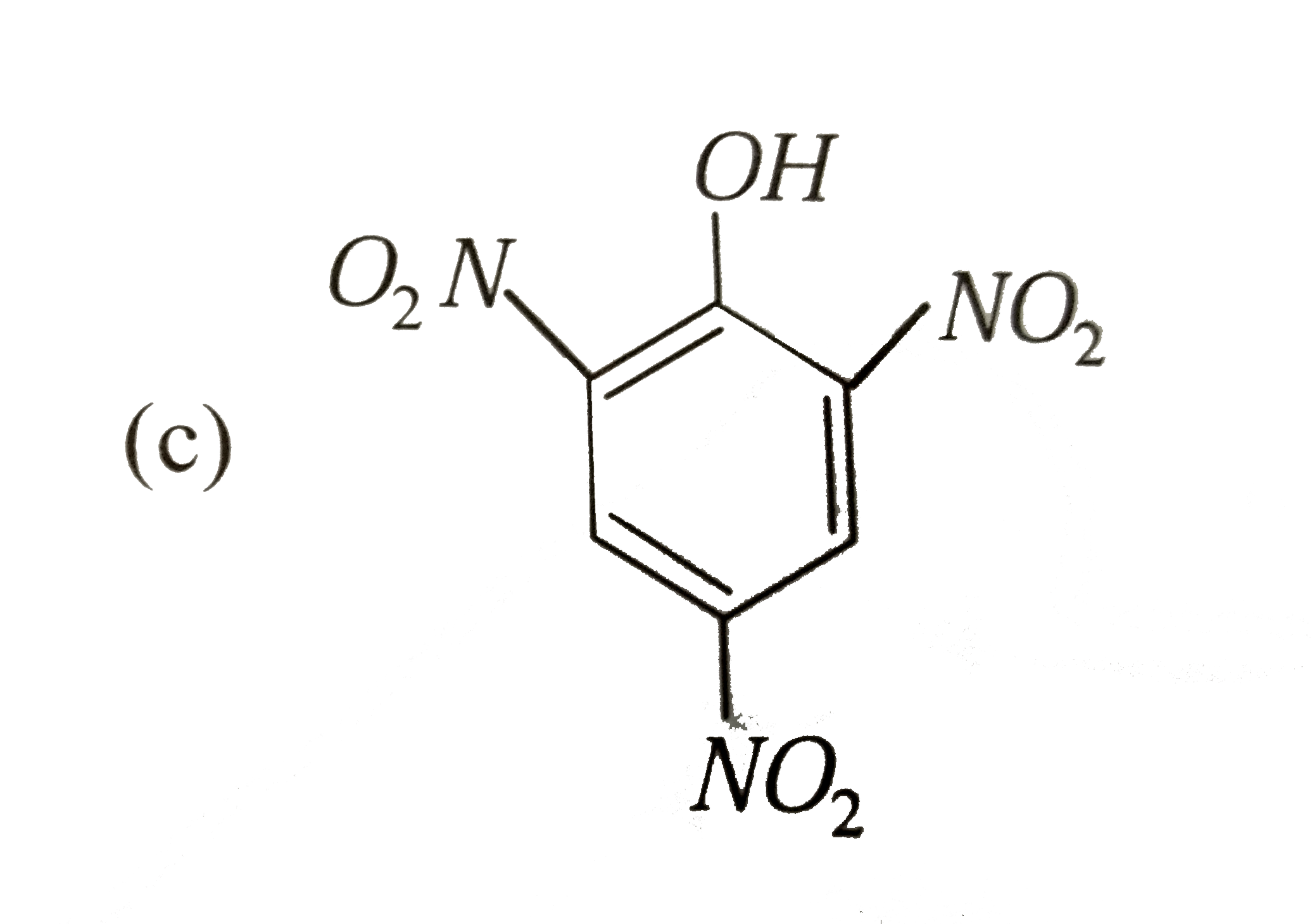 D
D